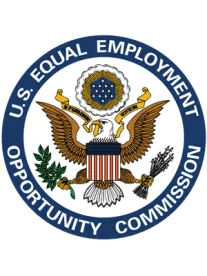EEOC has released updates to its proposed EEO-1 reporting provisions. The updates were published July 14, 2016 in the Federal Register and the public with have 30 days to submit comments. The updates consider and respond to many of the comments that were submitted in response to the Agency’s original proposal which was published earlier this year. Submission of pay data to the government likely will lead to a significant increase individual and class claims of employment discrimination based on pay disparity as well as systemic claims brought by the EEOC whose focus has been on remediating perceived pay inequities. Broad access to data undoubtedly will make such claims more difficult to defend.
EEOC’s Original Proposal:
EEOC’s original proposal requires private employers and federal contractors with 100 or more employees to identify and report the number of employees who fall into each of 12 “pay bands” based on W-2 earnings within each of the 10 EEO-1 categories. Employers would be required to report on actual W-2 earnings and hours worked for a 12-month period prior to the snapshot the employer uses for EEO-1 reporting, which is required to be between July 1 and September 30.
Updated Proposal:
The updated proposal remains unchanged in many regards and still requires employers to report W-2 earnings and hours worked within each of the 10 EEO-1 categories. However, the revision proposes to change the EEO-1 filing deadline to March 31st of every year (instead of the current September 30th deadline) and proposes to change the workforce snapshot reported to a pay period between October 1st and December 31st of the reporting year. This change would take effect for EEO-1 filings in 2018. Employers would be required to file the EEO-1 report by March 31, 2018, thereby giving employers a year and a half to comply with the new requirements. No EEO-1 reports would be filed in 2017. The reporting period for 2016, however, would remain unchanged – with reports being due by September 30, 2016.
The updated rule also states that, for exempt employees, employers would have the option to either: (i) report 40 hours per week for full-time exempt employees, and 20 hours per week for part-time exempt employees, multiplied by the number of weeks these individuals were employed during the EEO-1 reporting year; or (ii) provide actual hours worked by exempt employees during the EEO-1 reporting year, if the employer already maintains accurate records of these hours.
It appears highly likely that the updated rule will be finalized soon. In light of this, employers should evaluate their ability to comply with the enhanced reporting requirements and consider undertaking a proactive pay equity analysis to determine if there are impediments to fair pay that can be addressed before pay data is submitted to the government.




 />i
/>i


